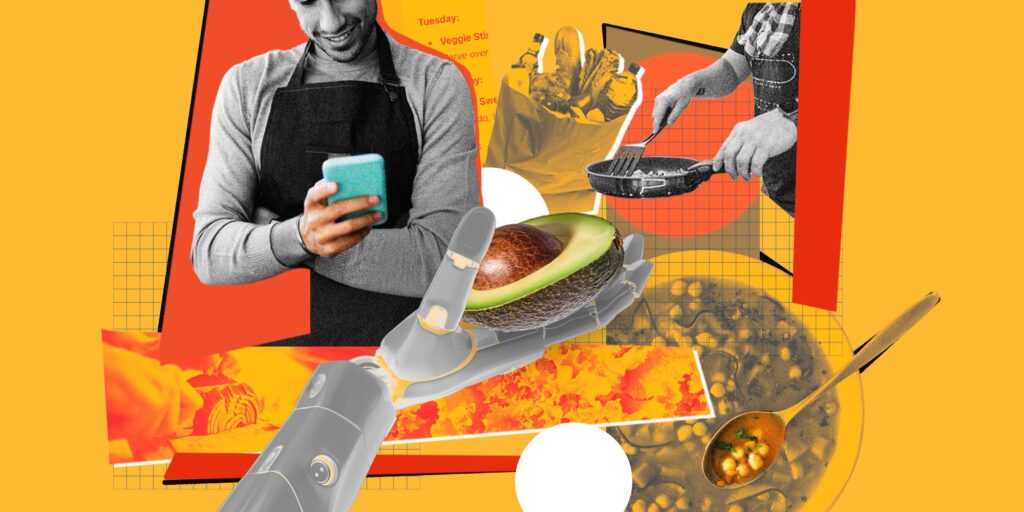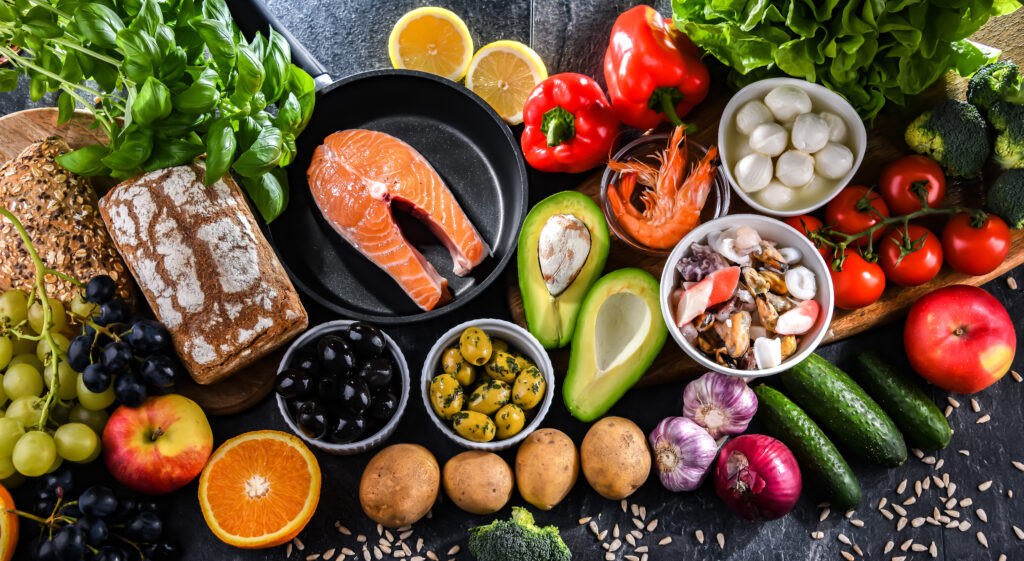It’s the stuff of childhood, okay, even some adult dreams. Imagine being able to ditch cauliflower for chocolate or swap celery for ice cream and reap the same health benefits, maybe even carve a corrugated stomach.
This isn’t a fantasy but a fact of life for roughly 3 per cent of Greenland’s population, according to a new study by researchers at the University of Copenhagen. A combination of gut bacteria and a unique diet that’s sustained Greenlanders for thousands of years, have provided a lucky few with a genetic variation that allows them to absorb sugar differently to the rest of the population.
“Adult Greenlanders with the genetic variation have lower BMI, weight, fat percentage, cholesterol levels and are generally significantly healthier,” says University of Copenhagen biology professor Anders Albrechtsen. “They have less belly fat and might find it easier to get a six pack.”
In the study, which analysed data from 6551 adult Greenlanders and conducted experiments on mice, those who produce two copies of the gene variant weighed an average of 5kg less, were 3.3 percentage points lower in body fat and registered triglyceride levels 0.3 mmol/L less than their countrymen.
The results demonstrate that in carriers of the genetic variation, known as sucrase-isomaltase deficiency, sugar heads directly into their intestine, instead of being metabolised in the bloodstream.
“Here, gut bacteria convert the sugar into a short-chain fatty acid called acetate, which in previous studies has been shown to reduce appetite, increase metabolism and boost the immune system,” explains study co-author Mette K. Andersen.
So, why do some Greenlanders get the variation? The answer is most likely that traditionally Greenlanders have not consumed much sugar in their diet, which has consisted largely of meat and fat from fish, whales, seals and reindeer.
This has made the genetic variation frequent, adds Albrechtsen, as there has never been a need to absorb sugar rapidly in the bloodstream.
But there’s a catch and it’s a cruel one. Children with the variation – the very people most likely to enjoy sugar – experience negative effects from eating it due to their different absorption mechanism. For them, sugar causes diarrhea, abdominal pain and bloating.
“Our guess is that as they age, their gut bacteria gradually get used to sugar and learn how to convert it into energy,” explains Torben Hansen, a professor at the University of Copenhagen’s Foundation Center for Basic Metabolic Research.
He and the research team hope that they can use the results of the study to develop new drugs that might one day be used to treat cardiovascular disease and obesity.
Yes, that would indeed be sweet.















